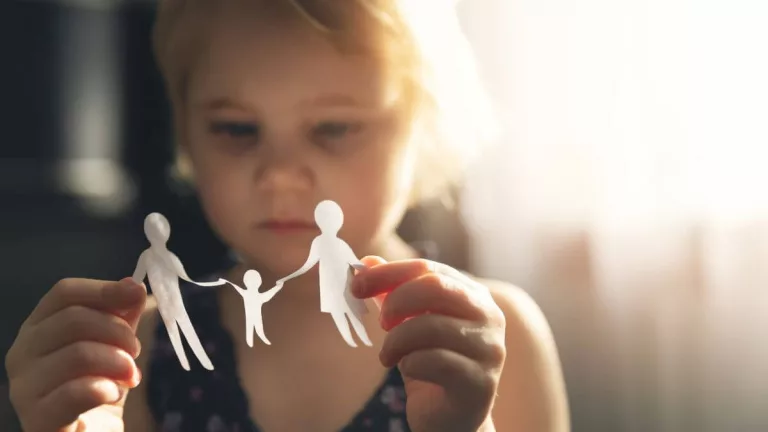Attachment Styles in Foster Children: 7 Keys to Building Trust


Foster care serves as a critical safety net for children facing unstable or unsafe living conditions. It offers them a chance at stability, security, and a brighter future. However, the journey to stability is often not straightforward, especially when it comes to forming secure attachments. In this comprehensive blog post, we will delve deep into the world of attachment styles in foster children and provide practical strategies for foster parents, caregivers, and professionals to nurture secure attachment in these vulnerable youngsters.
Attachment styles are the emotional bonds that children form with their primary caregivers, which significantly impact their overall emotional and psychological development. In the context of foster care, understanding attachment styles becomes crucial, as these styles can be heavily influenced by the child’s previous experiences and the consistency and quality of care they receive in their new environment.
There are four primary attachment styles, each with its own distinct characteristics:
The most common attachment styles observed in foster children are Anxious and Disorganized Attachment. These styles often stem from their past experiences and can pose unique challenges in building secure connections and trust in their new caregiving environments.
Building trust and secure attachments with foster children is a gradual and delicate process, but it is absolutely essential for their emotional well-being and future success. Let’s explore some practical tips that foster parents, caregivers, and professionals can employ to nurture secure attachments:
Create a structured and predictable routine in the child’s daily life. Consistent meal times, bedtimes, and daily activities help foster children feel secure and build trust in their caregivers.
Respond promptly and empathetically to the child’s needs. Whether it’s addressing hunger, discomfort, or emotional distress, being consistently available when they need you builds trust and reinforces the belief that their needs matter.
Encourage foster children to express their feelings, thoughts, and concerns openly. Listen actively and validate their emotions, helping them develop emotional regulation skills and a sense of being heard and understood.
Learn more about open communication.
Stability in the living environment is crucial. Avoid frequent moves or changes in caregivers whenever possible. The more stability you can offer, the better the chances of building trust.
Support age-appropriate independence. Allow foster children to make choices and decisions within reasonable boundaries. Empowering autonomy fosters confidence and a sense of control.
If a foster child exhibits challenging behaviors or has a history of trauma, consider seeking therapy or counseling from professionals with expertise in attachment issues. Professional guidance can be instrumental in facilitating secure attachment.
Contact us here book an appointment with our behavioral psychologist.
Understand that building secure attachment is not a sprint but a marathon. It takes time, patience, and persistent efforts to create a nurturing and loving environment that fosters trust. Each child is unique, and their journey toward attachment security may differ.
In Conclusion
The most common attachment styles observed in foster children are Anxious and Disorganized Attachment. But with dedication, consistency, and responsive caregiving, it is possible to nurture secure attachments. Remember that every child is unique, and the path toward building trust may be filled with challenges. By prioritizing their emotional well-being and providing a stable and loving environment, foster parents, caregivers, and professionals can offer foster children the support they need to thrive and develop secure attachments, laying the foundation for a brighter future.

Get Your Resources to Your Email Now!